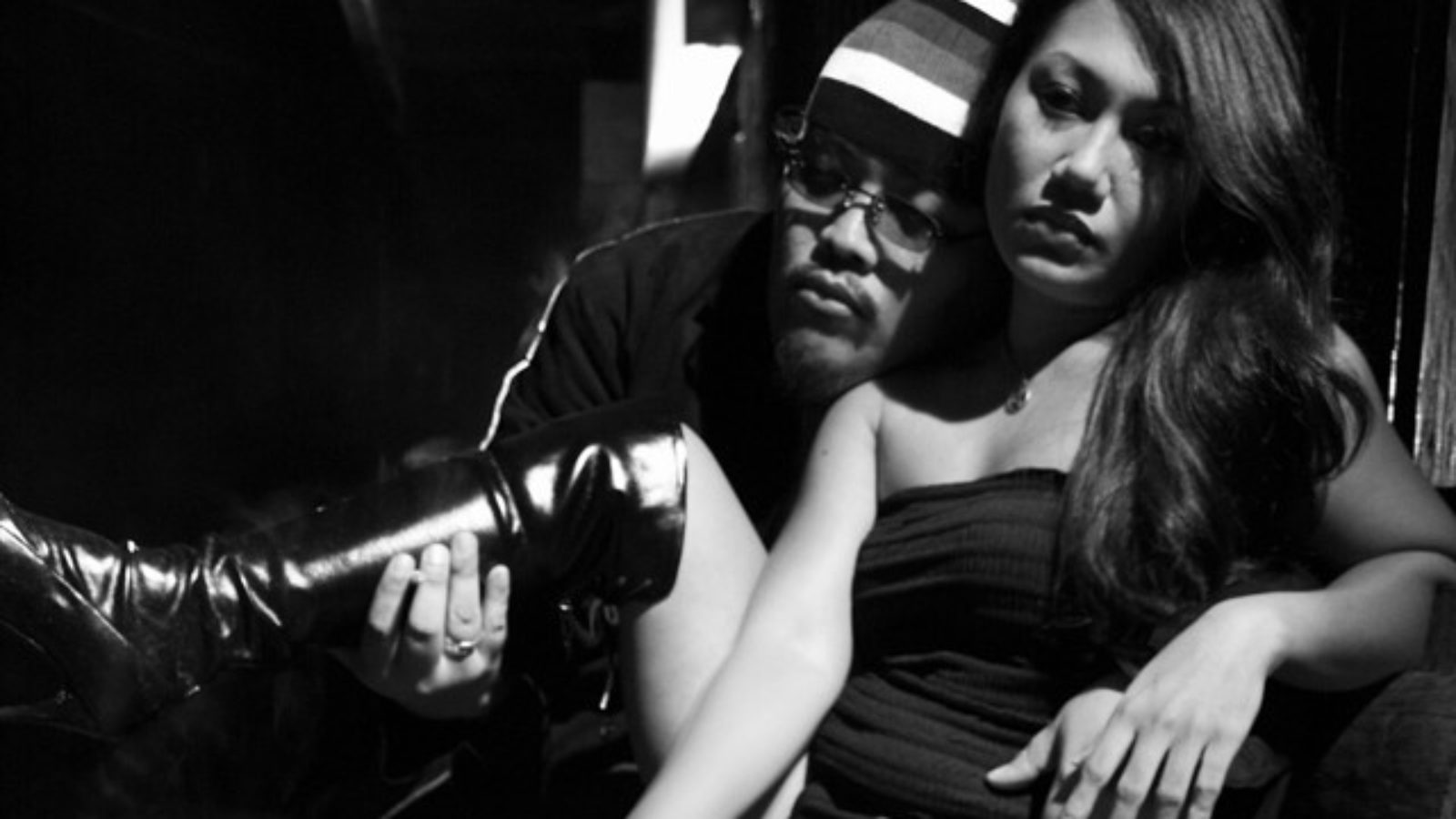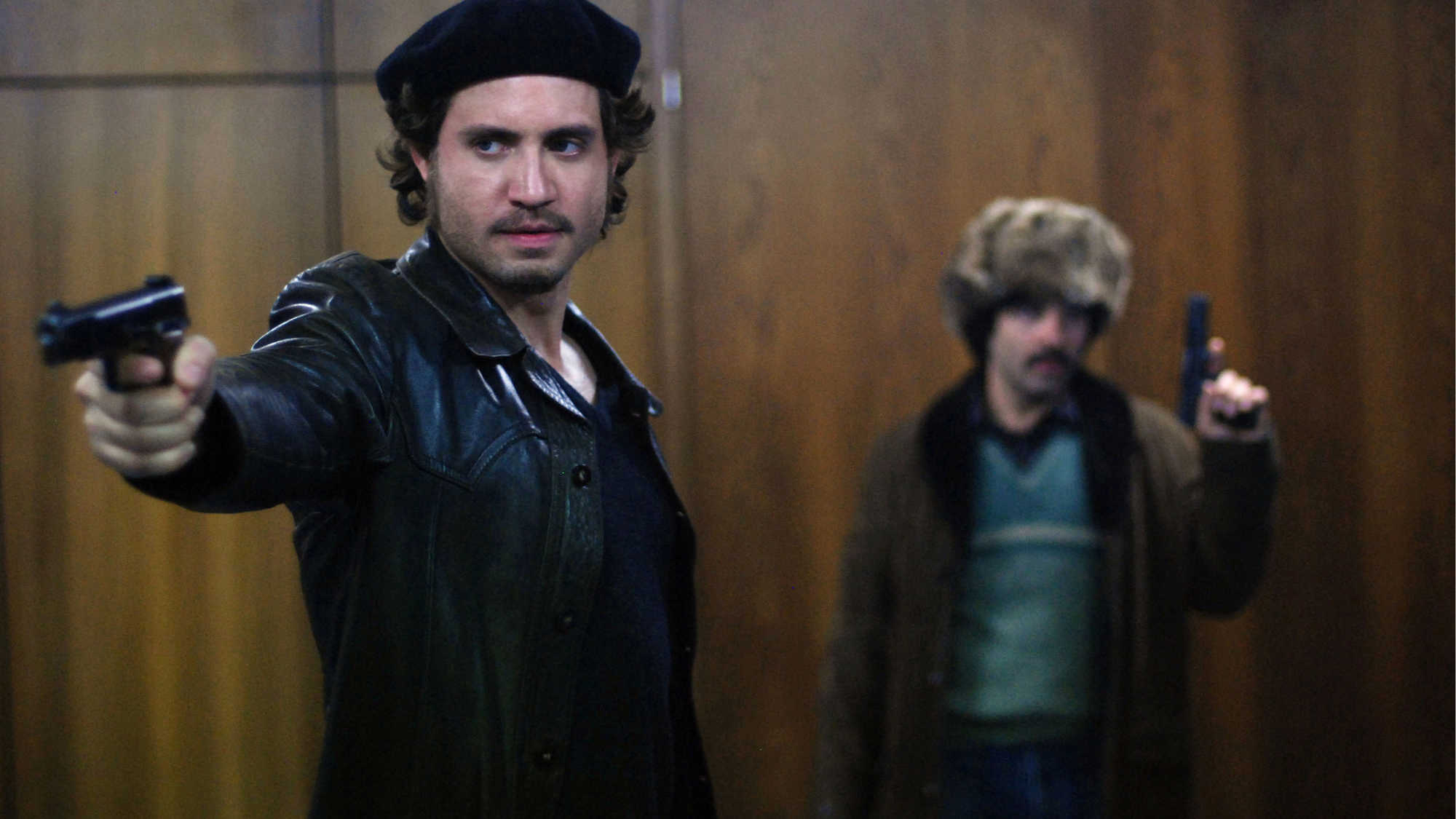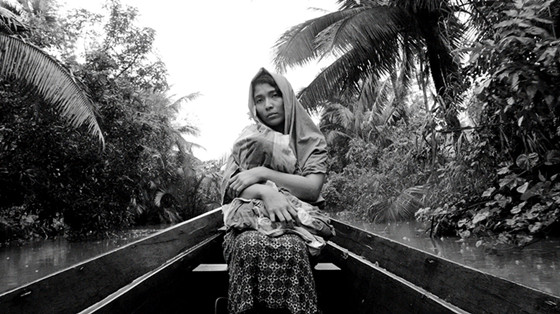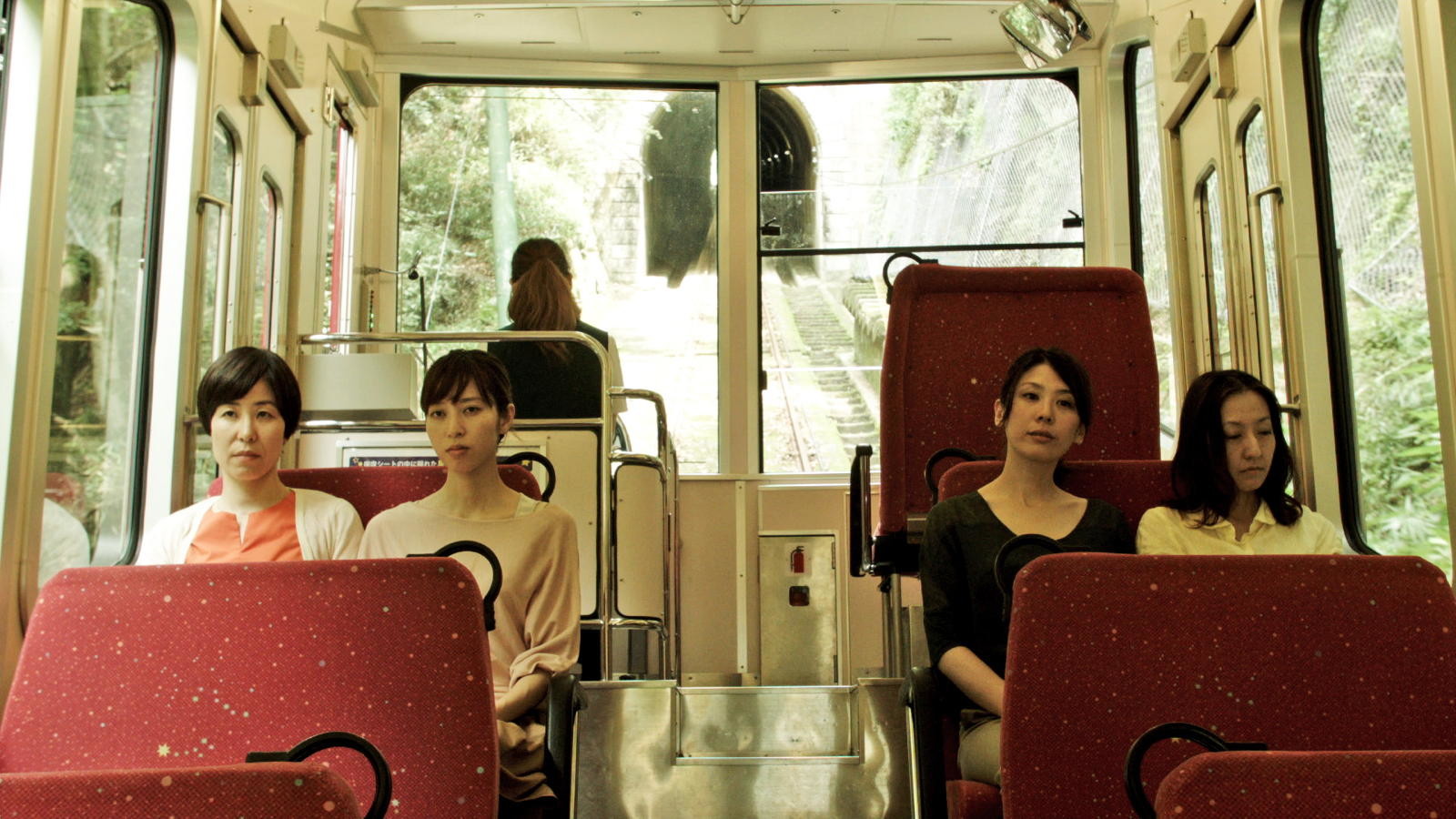6. Melancholia

In 2008, Lav Diaz released an eight-hour film called “Melancholia,” one of his ambitious pictures. It is a complex film, divided into three sections that follow the events after the disappearance of some people in a standoff with military forces.
The plot is hard to reconstruct, and the relationships of the people we see in the first part of the film are slowly revealed in the second. The third part completely changes scenarios, and shows the haunting scenes of the military attack. Diaz characterizes the film’s atmosphere with a sense of creeping madness, as the characters struggle to cope with their loss, and in the third part, are drawn into an excruciating psychological battle against themselves, as they wait their inevitable demise.
“Melancholia” is a film about absence, as it tackles the theme of disappearances in the Philippines. The great length of the film, a common factor in all of Diaz’s works, makes this picture as maddening an experience as the terrible situation the characters in the film are in.
It takes a great amount of patience, as “Melancholia” moves forward with a peculiar use of sound mixing and camera shots. The intent of Diaz is not always clear, since his directing style is so unconventional that it makes a regular interpretation of the story nearly impossible. It is much more an experience than a story, and shows how unique Diaz is in the contemporary cinema landscape.
7. Carlos

“Carlos” was directed by Olivier Assayas as both a TV miniseries and a film with a theatrical release. It was shown on French television in three parts, and at the same time at the 2010 Cannes Film Festival. The Cannes version was the base for the theatrical release, which had different versions, between 319 and 338 minutes.
The great length of the film comes from Assayas’ desire of expanding the original idea of a film about Carlos (Ilich Ramirez Sanchez), the notorious Venezuelan terrorist, into a more complex depiction of the period between the ‘70s and ‘90s, a time of great geopolitical changes of which Carlos represents one effect. Once it was decided to expand the film, Assayas had the chance to work with protagonist Edgar Ramirez in order to make Carlos as compelling and multi-faceted as possible.
Ramirez’s work as Carlos is the great performance of a man as ruthless as charismatic, someone to fear and at the same time, in some ways, admire. Describing the portrayal of Carlos in the film, Betsy Sharkey of the Los Angeles Times said, “A fiercely astute portrait of a terrorist that neither romanticizes nor demonizes him, but rather dismantles the myth to take some measure of the man underneath.”
Differently from many films that run longer than five hours, “Carlos” is an entertaining cinematic ride, and from this point of view, benefits from its intended use for television. It has also the great value of investigating a complicated historical period, and the great research behind the movie is clear to anyone paying attention throughout the whole run of the film, which still merits to be seen in a single cut and not in its three-part form.
8. From What Is Before

“From What Is Before” (original title: “Mula sa Kung Ano ang Noon”) is a 2014 film by Lav Diaz, a Filipino filmmaker known for his works of considerable length, at least five hours each (“Evolution of a Filipino Family” reached 593 minutes). He is a master of the cinematic art, and he employs it in the most calculated ways to create believable environments in which to immerse the viewer. Slow cinema or long form cinema are the usual names given to these kind of works, but aside from this categorization, the most important aspect of Diaz’s work is the enquiry into Filipino society.
“From What Is Before” in particular takes place in the Philippines, while they are near the imposition of martial law by Ferdinand Marcos. The particular story of the film’s main setting, a rural barrio, intersects with the greater changes in the country. The barrio finds itself victim of seemingly supernatural and bloody events, and the community tries to handle them while facing the evil presence that seems to inhabit the village.
Many memorable characters are depicted and given plenty of time to show their peculiarities and beliefs, like Father Guido, a representation of the Christian and religious side of the society, or Sito, one of the village elders who carries long kept secrets. The theme of secrets and lies is central in the picture, which has the value of slowly exposing the dark underbelly of a seemingly quiet society.
At the same time, “From What Is Before” carries the theme of the indifference of nature, an indifference that actually becomes unity with the village folk, a synergy that is described by the long and slow sequences in the most natural and human-free settings of the barrio. Awarded at the Locarno Film Festival, this masterpiece from Diaz is a reminder of a different, more reflective way of making cinema that many filmmakers have the chance to employ, but not often do.
9. Happy Hour

Happy Hour is a 2015 dramatic film by Japanese director Ryūsuke Hamaguchi. It originated from an acting workshop he organized with non-professional actors. It is 317 minutes long, and slowly develops the story of four women, Jun, Akari, Sakurako and Fumi, as they confront failing relationships and the difficult life in Japanese society from a female point of view. The considerable length of the film fits in the great tradition of Japanese directors like Ozu or Mizoguchi, who have always taken their time with their stories, never rushing the pace of the film.
The story explores the friendship of the four woman, which has to go through the difficult test of the divorce trial of one of them, Jun. Afterward, Jun mysteriously disappears while the four friends are at thermal baths. The theme of prejudice toward women and male predominance is smartly investigated by the film, which has a strongly resounding emotional core. Its slow pace leaves space for some big scenes, like the trial one, which makes Jun’s difficulty in making her case particularly empathic.
The film paints a picture from a seemingly distant point of view, but actually makes the city of Kobe and the protagonist an epitome of city life and relationships that at the same time are dated and contemporary. As with any film of this length, “Happy Hour” is a challenging watch, and certainly a film of great ambition, but completely unforgettable once it is over.
10. O.J.: Made in America

Ezra Edelman produced and directed “O.J.: Made in America” as an ambitious reflection on race and fame in the United States. Simpson’s journey goes through the world of college football, then professional sports, and eventually his downfall, not only with the infamous trial for murder, but also with his subsequent arrest in 2007 for robbery.
The story of Simpson is of great effect, as it epitomizes an entire culture, particularly when it is used, as Edelman did, as a chance to go deep inside the racial situation in America. The title clearly states this intent, as if to say that there are not many things as American as this story of a fall from grace.
While the documentary was being made, the TV show American Crime Story tackled the trial of Simpson as well, so it can be said that 2016 was the year when the events regarding O.J. became a crucial part of the national conversation again, just a year before he was released under parole in 2017.
The great length of this documentary comes from an intensive and wide work by Edelman, who interviewed dozens and dozens of people and worked on the film for 18 months. The initial cut was seven hours and a half long, before being cut to the 467 minutes that was shown in a limited theatrical release. The film, having being commissioned by ESPN, was then showed as a multi-part series on the channel, for the “30 for 30” series.